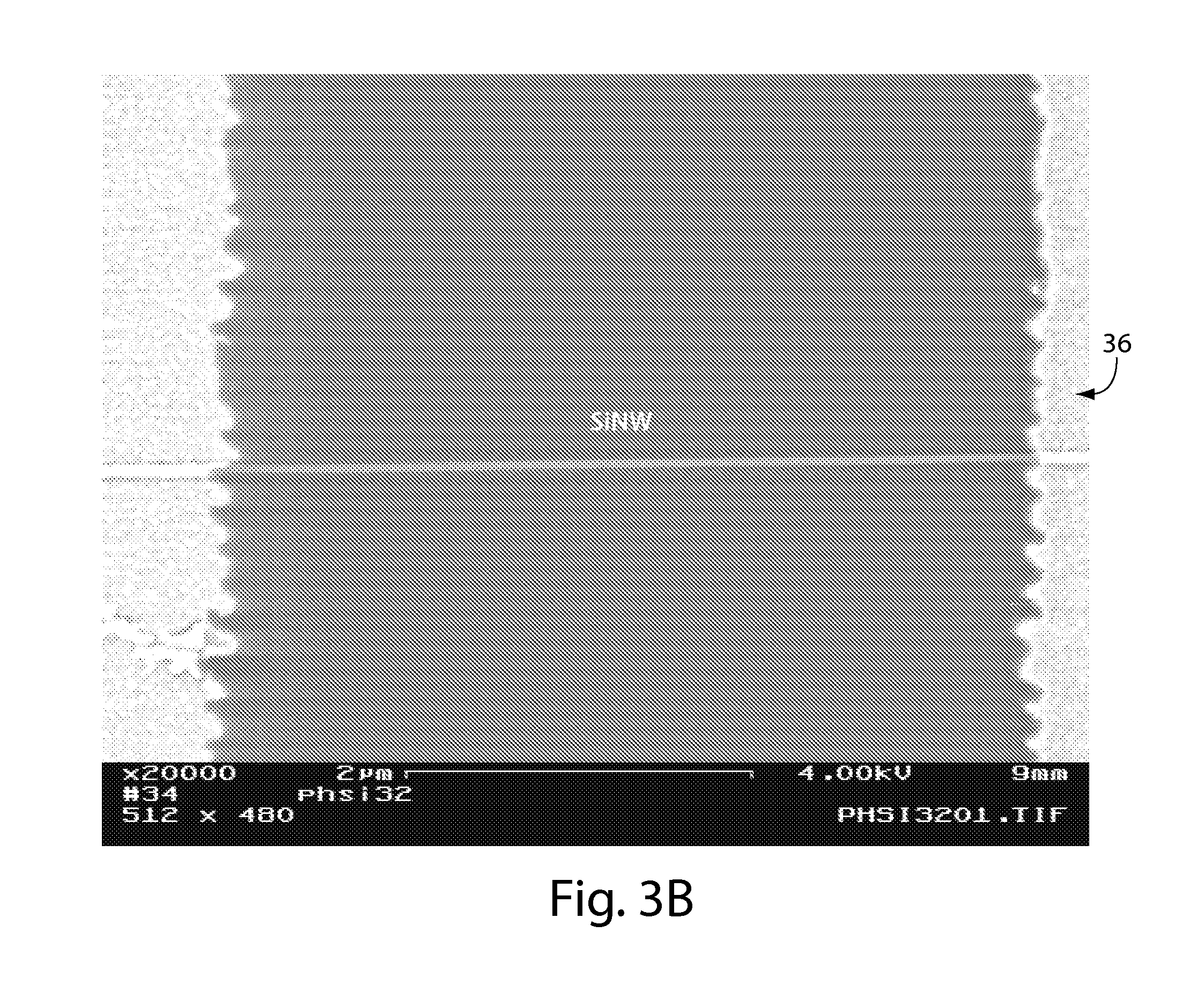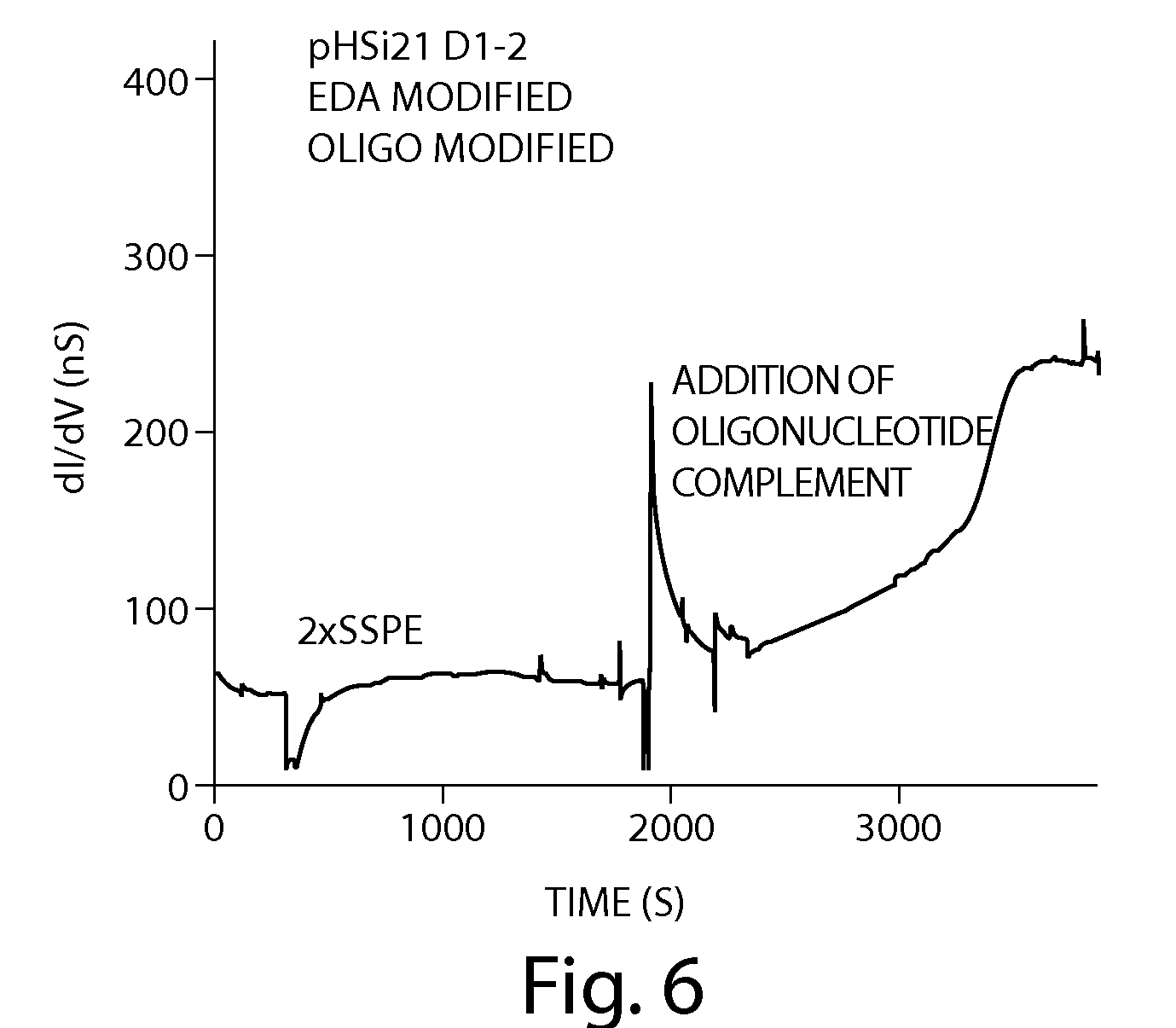QuantumDx
Building on from my list of sequencing companies in this post I look briefly at QuantumDX!
Business
QuantumDX Group was incorporated in March of 2008 [1]. In May 2009, they licensed nanowire FET IP, for use in DNA sequencing [2] from Nanosys. They also appear to have acquired a DNA testing service company (NorthGene limited).
November 2016, they received funding from Bill and Melinda gates foundation. Accounts state that they lost ~2.3MGBP in 2017, so their yearly burn rate seems to be about 3M GBP.
Their accounts state that they have operations in the UK, US and Singapore, and that commercialisation on a “research use only” basis is scheduled for 2018.
They raised 12MUSD [3] at the end of 2017. Given their previous burn, and cash in the accounts, my best guess would be that they’d have somewhere in the region of 10MUSD in the bank at present. Crunchbase lists them has having raise 26.3MUSD in total [4]. Investors include Barclays Global Investors and Helsinn Investment Fund SA.
QuantumDX also attempted to raise funds from Crowdfunding in 2014 [5], it appears at this point they had only raised from angel investors and grants.
Technology
The QuantumDX technology appears to use FET nanowires for charge detection. The nanowire IP is licensed from Nanosys, while the QuantumDX patents don’t appear to show any SEM images of real structures, the Nanosys patents do [7] and are therefore a useful reference.
A number of structures are described in the patents, but the most relevant appear to be single nanowires stretched between electrodes (as I understand it, without doping and with no backing gate):
The patent also shows what appears to be real data of a nanowire complementary oligo hybridising to a probe on a nanowire:
From what I can tell, the presence of DNA (or any charged molecule) alters the resistivity of the nanowire. The nanowire contain very few charge carriers. This means that any nearby charges will have a significant effect on the flow or current through the nanowire. DNA being a charged molecule will effect the conductance of the nanowire, which is what you can see in the figure above.
The QuantumDX patents describe a system that uses this effect to build a sequencing platform (or potentially a probe based detection platform). The sequencing scheme appears to be standard sequencing-by-synthesis. Bases are added and incorporated into a template, and the increase in charge is detected. A number of patents refer to a “charge mass reporter moiety”. I guess detecting the single base charge may be problematic, so they can have a charged label attached to the bases to increase the amount of signal. I didn’t see anything that looked like real data in recent patents (but I’ve not looked very hard). A typical schematic of the system is shown below:

The system could obviously either be single molecule or work on clusters/amplified DNA. If the system could be made to work with single molecules (and ideally unlabelled nucleotides) I can see that it could be quite interesting, perhaps allowing quite long reads to be generated.
It’s an interesting approach, and I look forward to seeing more data as it appears.
Update: this presentation and some nice figures, including the following SEM image:
Notes
[1] Companies House: https://beta.companieshouse.gov.uk/company/06523152 and https://beta.companieshouse.gov.uk/company/07067899
[2] “QuantuMDx Group (QMDx) today announced that QMDx has signed a non-exclusive license agreement with Nanosys for several patents and patent applications related to the use of nanowires for biosensors.
The core intellectual property involves the use of nanowire-based field effect transistors (FETs) as biosensors, which were derived from the work of Dr. Charles Lieber, a professor of chemistry at Harvard, a pioneer in nanotechnology, and one of the founders of Nanosys.
Under terms of the agreement, QMDx has secured worldwide rights for the use of nanowires for DNA sequencing and detecting biomarkers associated with disease. In exchange, Nanosys has received an upfront license fee and downstream royalty payments. No other financial details of the deal were disclosed.”
https://www.biospace.com/article/releases/nanosys-inc-licenses-nanowire-technology-to-quantumdx-group-for-next-generation-diagnostic-and-sequencing-technologies-/
[3] https://quantumdx.com/news/quantumdx-raises-12m-and-strengthens-board-as-company-eyes-commercialisation-of-q-poc-portable-mdx-platform
[4] https://www.crunchbase.com/organization/quantumdx-group#section-overview
[5] http://www.bio-itworld.com/2014/2/12/quantumdx-launches-moldx-indiegogo-campaign.html
[6] “The potential of nanowires was demonstrated in a 2001 Science paper authored by Harvard University’s Charles Lieber and colleagues. That proof of principle, according to Burn, showed that changes of impedance in silicon nanowires could record the arrival of a biomolecule. Recently, QMDx announced the exclusive license of intellectual property from Lieber’s company, Nanosys, of the diagnostic and sequencing applications of nanowires and nanotubes. (The arrangement succeeds a non-exclusive IP deal previously announced in 2009.)”
http://www.bio-itworld.com/issues/2012/jan/a-quantumdx-leap-for-handheld-dna-sequencing.html
[7] https://patents.google.com/patent/US20110315962A1
“FIG. 6 shows the conductance for a silico nanowire having a surface modified with an oligonucleotide agent reaction entity. The conductance changes dramatically where the complementary oligonucleotide analyte binds to the attached oligonucleotide agent.”


